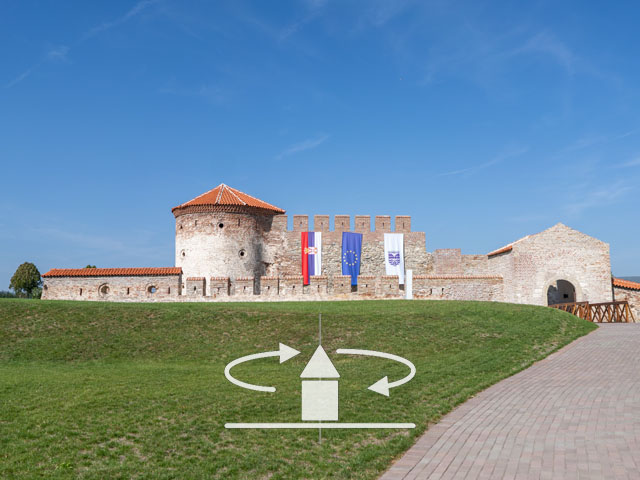Fetislam Fortress
Protected cultural monument of great significance, listed under SK 284 in the Central registry of the Republic Institute for the protection of cultural monuments
Fetislam Fortress Kladovo municipality, Bor administrative county
Where is it located?
Fetislam Fortress was built on the dominant plateau on the right bank of the Danube, upstream from Kladovo.
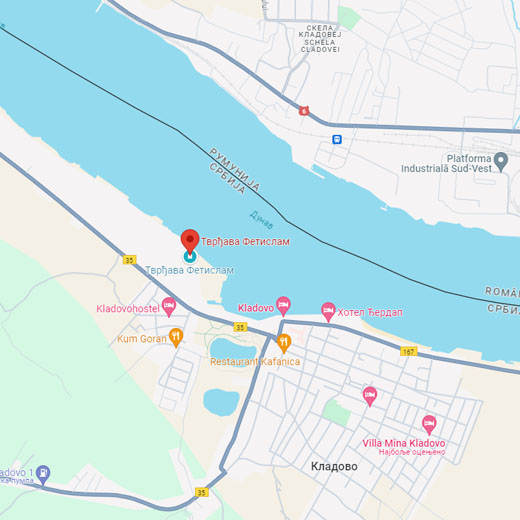
History
On the location of today's Fetislam fortress there used to be a fortification from the 12th century called “New town”. The fortification was destroyed during the Hungarian invasion in the early 16th century. Very soon, the Turks built a new fortification on the ruins of the old one, which remains well preserved to this day. Within the fort there is the Small town built in 1524, serving as a base for the Turkish conquest of the cities of Severin and Ardeal in today's Romania, as well as the Great fortification built between 1717 and 1739. The Great fortification had a palisade rampart that was not replaced with a stone one until 1818. In fact, the brick walls used to be covered with the thick layer of land and uncultivated foliage that constructed the palisade.
Fortified Fetislam was conquered by the haiduks in 1591; the town was destroyed and looted and the Christian inhabitants withdrew, fearful of the Ottoman retribution. The Turks kept the fortress and built a new town nearby. It is mentioned in sources as Kladovo during the Austrian-Turkish war 1688-1690.
The fortification was in use until 1867 when the Turks gave it over to the Serbs.
Archaeological research of the fortress was conducted between 1973 and 1977 and then from 1981 to 1984 within the campaign of Djerdap research, as the preparation for the building the hydro power plant on the Danube.
The final restoration of the fortress was completed in April of 2023. Entrance gates, lagums and ramparts were restored.
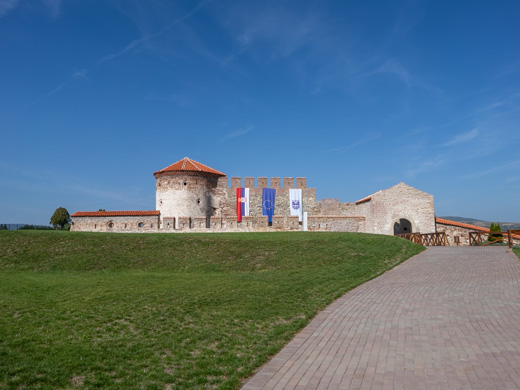
Description:
The research has shown that the ramparts of the Small town lean on the walls of the fortification that was built in the early 2nd century, during the time of the Roman emperor Trajan, while in the northern part, towards the Danube bank there can be seen the ramparts built during the Byzantine emperor Justinian, in the 6th century.
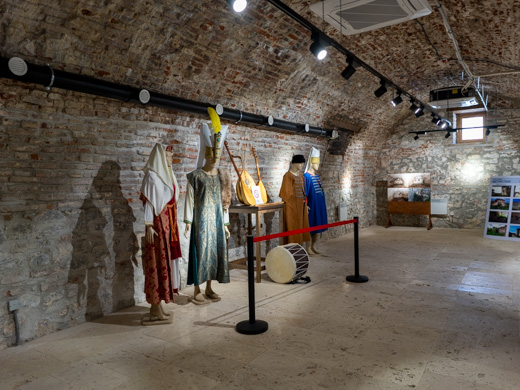
The smaller fortification has a rectangular base with circular towers on the corners and the enforcements along the rampart. The walking path on the top of the rampart is bordered with cogs. Inside the Small town there are the remains of the houses, streets, armories. The Small fortification was entered via a bridge over a 5,5 m wide trench, bordered with bricks.
The big fortification, also rectangular in shape, had six stone towers and palisade ramparts. It was surrounded by a 13 to 30 m wide trench, behind which there was a wall made of crushed stone. Inside the ramparts there were lagums (basements) that may have served as lodgings for soldiers or as warehouses. The storage room, mosque, hammam and other edifices are preserved.
The main gate for entering the fortress called Town gate is in the southern rampart, Orospi gate is in the west and the Danube gate in northeast. All of them are well preserved.
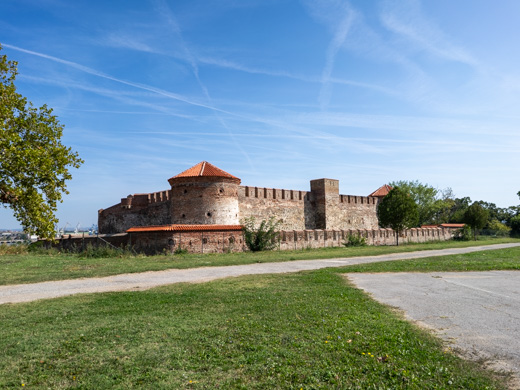
Dating
16th century.
Folk lore, legends
There was a prehistoric settlement in place of today's Kladovo. Later in that area the antic town of Zanes was built and the New town was builz in the beginning of the middle Ages. Once it was destroyed by the Hungarians, the Turks built their own fortress in 1502.
Fetislam Fortress, the Gates of Islam (Fehт-il-islam) in Turkish, was built under the command of Suleiman the Magnificent in order to be a stronghold for further conquests towards the north.
Јулка Кузмановић Цветковићархеолошкиња
